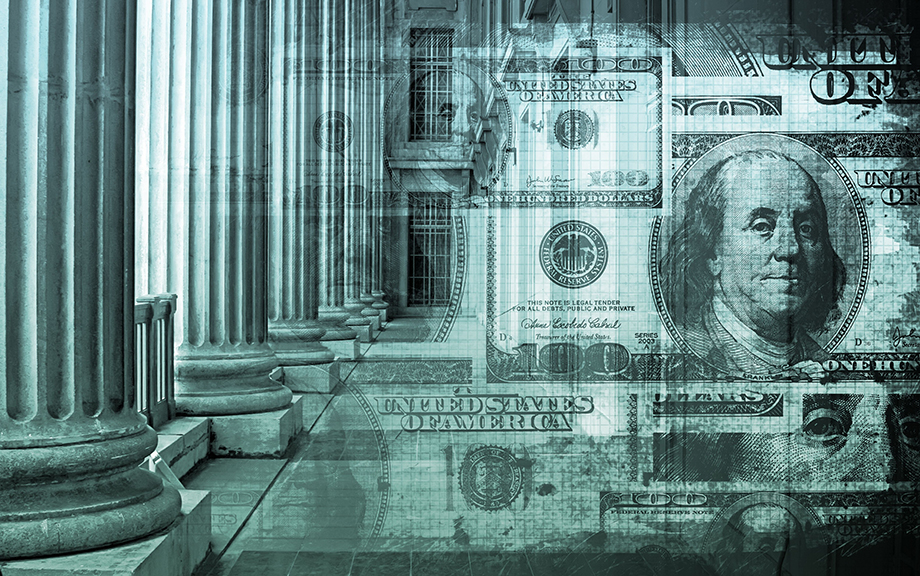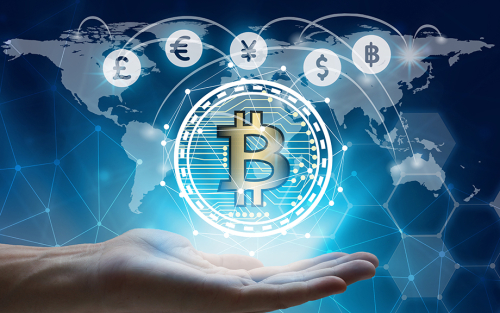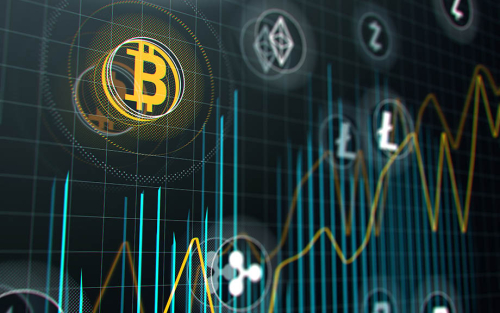With Abundant Reserves, Do Banks Adjust Reserve Balances to Accommodate Payment Flows?

As a result of the global financial crisis (GFC), the Federal Reserve switched from a regime of scarce reserves to one of abundant reserves. In this post, we explore how banks’ day-to-day management of reserve balances with respect to payment flows changed with this regime switch. We find that bank behavior did not change on average; under both regimes, banks increased their opening balances when they expected higher outgoing payments and, similarly, decreased these balances with expected higher incoming payments. There are substantial differences across banks, however. At the introduction of the abundant-reserves regime, small domestic banks no longer adjusted balances alongside changes in outgoing payments.
Bitcoin Is Not a New Type of Money

Bitcoin, and more generally, cryptocurrencies, are often described as a new type of money. In this post, we argue that this is a misconception. Bitcoin may be money, but it is not a new type of money. To see what is truly new about Bitcoin, it is useful to make a distinction between “money,” the asset that is being exchanged, and the “exchange mechanism,” that is, the method or process through which the asset is transferred. Doing so reveals that monies with properties similar to Bitcoin have existed for centuries. However, the ability to make electronic exchanges without a trusted party—a defining characteristic of Bitcoin—is radically new. Bitcoin is not a new class of money, it is a new type of exchange mechanism, and this type of exchange mechanism can support a variety of forms of money as well as other types of assets.
What Can We Learn from the Timing of Interbank Payments?

From 2008 to 2014 the Federal Reserve vastly increased the size of its balance sheet, mainly through its large-scale asset purchase programs (LSAPs). The resulting abundance of reserves affected the financial system in a number of ways, including by changing the intraday timing of interbank payments. In this post we show that (1) there appears to be a nonlinear relationship between the amount of reserves in the system and the timing of interbank payments, and (2) with the increase in reserves, smaller banks shifted their timing of payments more significantly than larger banks did. This result suggests that tracking the timing of payments sent by banks could provide an informative signal about the impact of the shrinking Federal Reserve balance sheet on the payments system.
Hey, Economist! What Do Cryptocurrencies Have to Do with Trust?

Bitcoin and other “cryptocurrencies” have been much in the news lately, in part because of their wild gyrations in value. Michael Lee and Antoine Martin, economists in the New York Fed’s Money and Payment Studies function, have been following cryptocurrencies and agreed to answer some questions about digital money.
I Want My Money Now: The Highs and Lows of Payments in Real Time
Peel back the layers of complex financial institutions and instruments, and you’re
left with individuals demanding to be paid, and to be paid quickly.
Intraday Liquidity Flows
Transactions denominated in U.S. dollars flow around the clock and around the globe, filling the pipelines that support commerce.














 RSS Feed
RSS Feed Follow Liberty Street Economics
Follow Liberty Street Economics